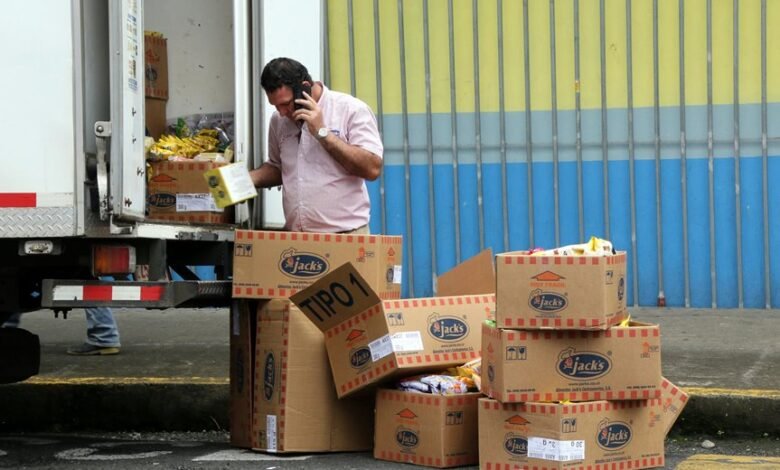2080599725 Dropped Call Distribution Mapping

The analysis of the dropped call distribution for the number 2080599725 reveals crucial insights into network performance. By examining the frequency and geographical distribution of these dropped calls, significant patterns emerge. These patterns highlight areas where service quality may be inadequate. Understanding these dynamics is essential for telecommunications providers. Further examination may uncover specific recommendations that could enhance service reliability and user satisfaction.
Understanding Dropped Calls and Their Impact
Dropped calls represent a significant issue in telecommunications, impacting user experience and service reliability.
Various dropped call causes include network congestion, signal interference, and equipment malfunctions.
These disruptions can frustrate users, leading to diminished trust in service providers.
Understanding the underlying factors contributing to dropped calls is essential for improving communication quality, thereby enhancing overall user experiences and fostering greater user autonomy in connectivity.
Analyzing the Data: Methodology and Tools
To effectively address the issue of dropped calls, a systematic approach to data analysis is essential. This involves employing statistical analysis techniques to quantify the frequency and distribution of dropped calls.
Data visualization tools play a crucial role in presenting these findings, enabling clear interpretation of complex datasets. By integrating these methodologies, stakeholders can derive actionable insights for improving call quality and network performance.
Identifying Patterns and Hotspots
How can the identification of patterns and hotspots in dropped call data enhance network performance?
Analyzing call frequency alongside geographical trends reveals critical insights into systemic issues affecting service quality.
By pinpointing areas with elevated dropped calls, network operators can prioritize interventions, allocate resources effectively, and optimize infrastructure.
This approach fosters an agile network environment, ultimately supporting user autonomy and enhancing overall connectivity.
Recommendations for Improving Service Quality
While understanding the geographical distribution of dropped calls is essential, implementing targeted strategies to improve service quality is equally critical.
Service upgrades should prioritize identified hotspots, ensuring robust network infrastructure.
Additionally, incorporating customer feedback can guide enhancements, tailoring solutions to user experiences.
Conclusion
In conclusion, the exploration of dropped call distribution for the number 2080599725 unveils a tapestry of connectivity challenges woven into the fabric of user experience. By pinpointing geographical hotspots, telecommunications providers can illuminate the shadows of service inadequacies. The recommendations crafted from this analysis serve as a beacon, guiding the way toward enhanced infrastructure and improved reliability. Ultimately, addressing these critical areas will foster a more resilient network, restoring user trust and enriching the telecommunications landscape.




